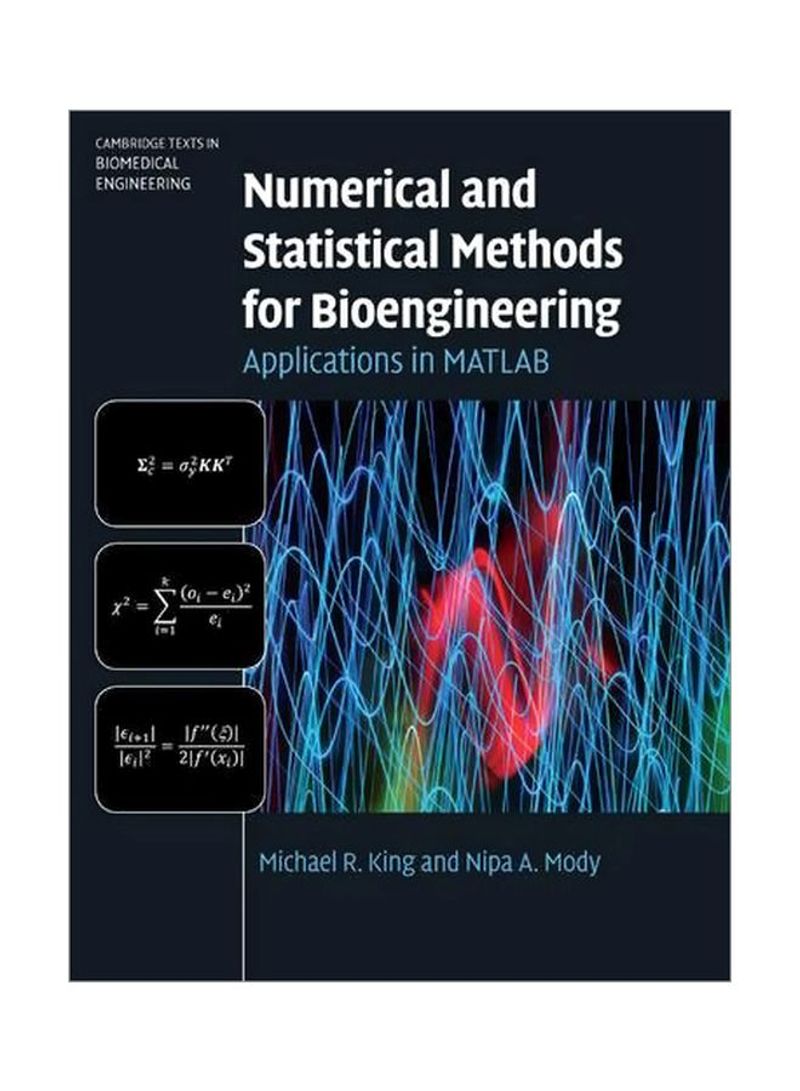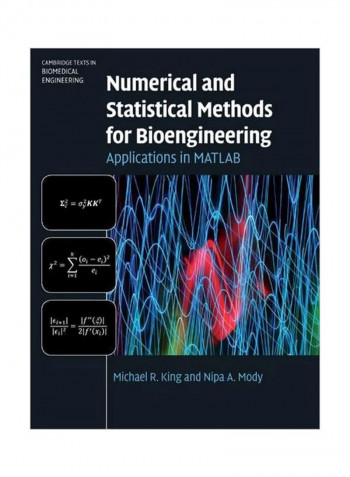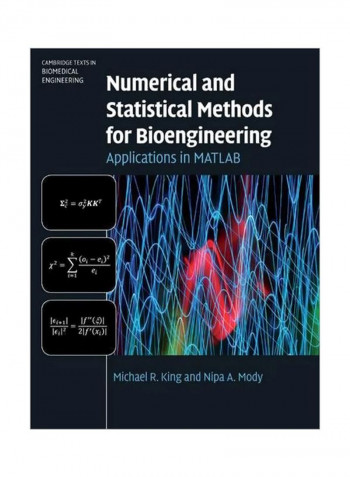Numerical And Statistical Methods For Bioengineering: Applications In MATLAB Hardcover
Recommend
Sort by
Rating
Date
Specifications
Author 1
Michael R. King
Book Description
The first MATLAB-based numerical methods textbook for bioengineers that uniquely integrates modelling concepts with statistical analysis, while maintaining a focus on enabling the user to report the error or uncertainty in their result. Between traditional numerical method topics of linear modelling concepts, nonlinear root finding, and numerical integration, chapters on hypothesis testing, data regression and probability are interweaved. A unique feature of the book is the inclusion of examples from clinical trials and bioinformatics, which are not found in other numerical methods textbooks for engineers. With a wealth of biomedical engineering examples, case studies on topical biomedical research, and the inclusion of end of chapter problems, this is a perfect core text for a one-semester undergraduate course
ISBN-13
9780521871587
Language
English
Publisher
Cambridge University Press
Publication Date
23 Oct 2017
Number of Pages
594
About the Author
Michael R. King is an Associate Professor of Biomedical Engineering at Cornell University. He is an expert on the receptor-mediated adhesion of circulating cells, and has developed new computational and in vitro models to study the function of leukocytes, platelets, stem and cancer cells under flow. He has co-authored two books and received numerous awards, including the 2008 ICNMM Outstanding Researcher Award from the American Society of Mechanical Engineers and received the 2009 Outstanding Contribution for a Publication in the international journal Clinical Chemistry
Author 2
Nipa A. Mody
Editorial Review
I think this book is a winner ... [it] is really easy to read and places frameworks for numerical analysis into realistic bioengineering concepts that students will find familiar and relevant. This is most evident in the excellent boxed examples, but also in many of the homework problems. I also really liked the 'key points to consider' at the end of the chapters - these are useful reminders for the students. Finally, the book presents bioinformatics in a manageable fashion that should help demystify this subject for interested students.' K. Jane Grande-Allen, Rice University



